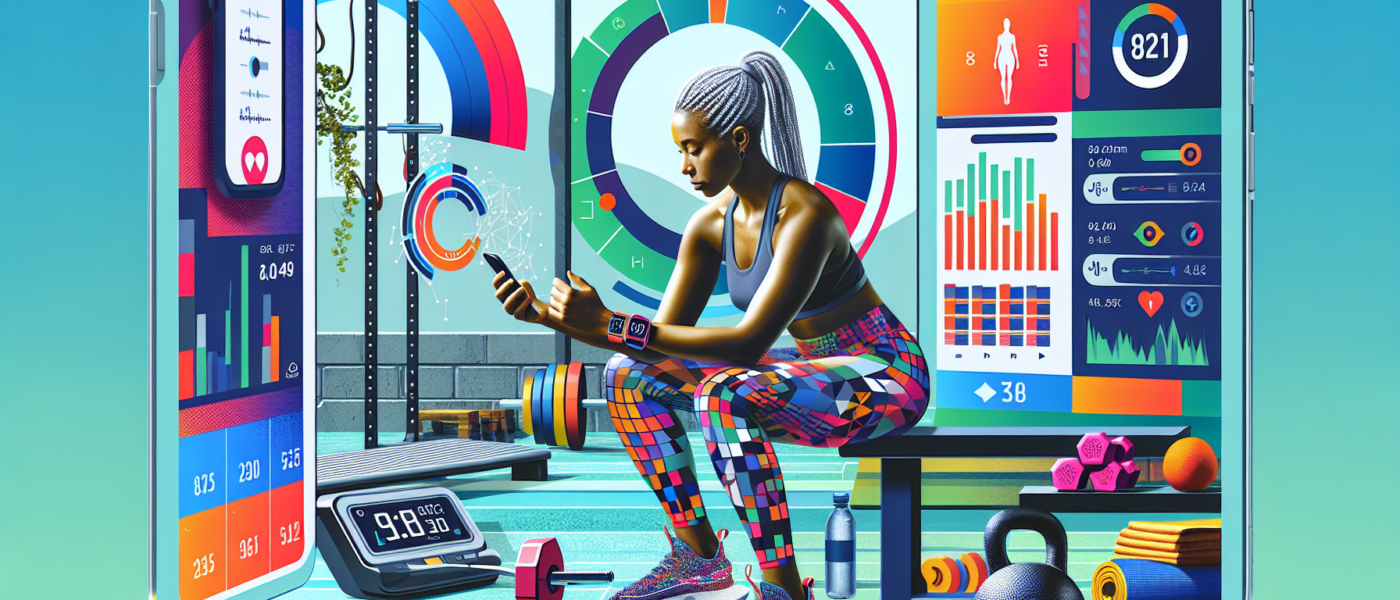How to Track Your Fitness Progress
Key Takeaways
Tracking your fitness progress is essential for achieving your fitness goals, staying motivated, and identifying areas for improvement. This article provides a comprehensive guide on how to effectively track your fitness journey, from setting SMART goals to utilizing technology and keeping detailed logs.
Introduction
In the pursuit of a healthier lifestyle, tracking your fitness progress can make all the difference. Monitoring your development offers insights into what works for you and what doesn’t, helping to fine-tune your workouts and diet plans. This detailed guide will explore various strategies and tools you can use to keep your fitness journey on the right track. From goal-setting and logging workouts to utilizing technology and seeking professional help, we’ve got you covered.
Setting SMART Goals
Specific
Start by setting specific goals. Rather than aiming to get fit, describe exactly what you want to achieve. For example, set a target to reduce body fat by 5%, run a 5k in under 30 minutes, or increase bench press weight by 20 pounds.
Measurable
Making your goals measurable allows you to track your progress quantitatively. Use metrics such as weight, body fat percentage, repetition count, and distance run. Ensure that the data you collect can be easily tracked over time.
Achievable
Your goals should be challenging yet achievable. Setting overly ambitious targets can lead to frustration and demotivation. Assess your current fitness level and set realistic goals that require effort but are feasible.
Relevant
Your goals should align with your broader fitness objectives. If your primary aim is to enhance cardiovascular health, prioritize goals related to endurance and stamina. If muscle gain is your focus, then set goals around strength training.
Timely
Set a timeframe for achieving your goals. This adds a sense of urgency and helps maintain focus. Break long-term goals into smaller milestones to make them more manageable and keep the motivation high.
Keeping a Fitness Journal
Workout Logs
One of the most effective ways to track your fitness progress is by maintaining a detailed workout log. Record the specific exercises you perform, the sets and repetitions, the weight lifted, and the duration of each exercise. Over time, this will help you see patterns and identify what is contributing to your gains or lack thereof.
Food Diary
Nutrition plays a crucial role in fitness. Maintaining a food diary where you log everything you eat and drink gives you insights into your diet and its impact on your fitness goals. Track calories, macronutrients (protein, fats, carbohydrates), and micronutrients (vitamins and minerals) to ensure you are fueling your body effectively.
Progress Photos
Sometimes, numbers don’t tell the complete story. Taking progress photos at regular intervals can provide a visual representation of your transformation. These images can be incredibly motivating, especially when the scale doesn’t seem to move but your physique clearly shows improvement.
Utilizing Technology
Fitness Apps
There are numerous fitness apps available that can help you track various aspects of your fitness journey. Apps like MyFitnessPal, Fitbit, and Strava allow you to monitor workouts, log food intake, and even track sleep patterns. These apps often come with additional features like reminders, goal-setting tools, and social sharing capabilities to keep you accountable.
Wearable Devices
Wearable devices such as fitness trackers and smartwatches offer real-time data on your physical activities. These gadgets can track steps, heart rate, calories burned, and even sleep quality. Popular options include Fitbit, Apple Watch, and Garmin devices.
Body Scanners
Advanced technology such as body scanners can provide detailed information about your body composition, including muscle mass, body fat percentage, and bone density. Devices like the InBody scanner offer a comprehensive analysis that can be incredibly useful for tailoring your fitness program.
Monitoring Physical Performance
Strength and Endurance Tests
Conduct regular strength and endurance tests to evaluate your progress. For example, test your one-rep max for key lifts like the squat, deadlift, and bench press. For endurance, consider timed runs or cycling distances. Document your results to track improvements over time.
Flexibility and Mobility
Flexibility and mobility are often overlooked but are crucial for overall fitness. Perform periodic assessments such as the sit-and-reach test or shoulder flexibility tests to ensure you maintain or improve your range of motion.
Cardiovascular Health
Monitoring cardiovascular health is essential, especially if your fitness goals include improved heart health. Methods include tracking your resting heart rate, VO2 max, and conducting stress tests. Regularly measuring these metrics will give you a clear picture of your cardiovascular fitness.
Getting Professional Help
Personal Trainers
Hiring a certified personal trainer can provide personalized guidance and keep you accountable. A trainer can help you set realistic goals, design effective workout plans, and adjust your routine based on your progress.
Nutritionists
Consulting a nutritionist can help you optimize your diet to meet your fitness goals. A nutritionist can provide expert advice on meal planning, nutrient timing, and dietary adjustments, ensuring that your nutrition supports your training effectively.
Regular Health Check-ups
Regular visits to your healthcare provider can help you monitor vital health indicators like blood pressure, cholesterol levels, and blood sugar. These metrics are essential for tailoring a fitness program that is safe and effective for you.
Review and Adjust
No fitness plan is set in stone. Regularly review your progress and adjust your goals and strategies as needed. Whether you’re hitting your targets or facing challenges, it’s essential to remain flexible and make changes to keep moving forward.
Conclusion
Tracking your fitness progress is a multifaceted process that involves setting SMART goals, maintaining detailed logs, utilizing technology, monitoring physical performance, and seeking professional guidance. By incorporating these elements into your fitness regimen, you will gain valuable insights, stay motivated, and, most importantly, achieve your fitness goals more effectively.

